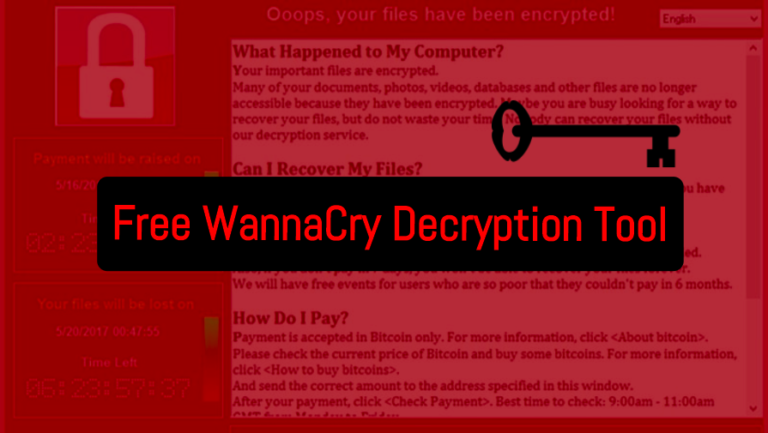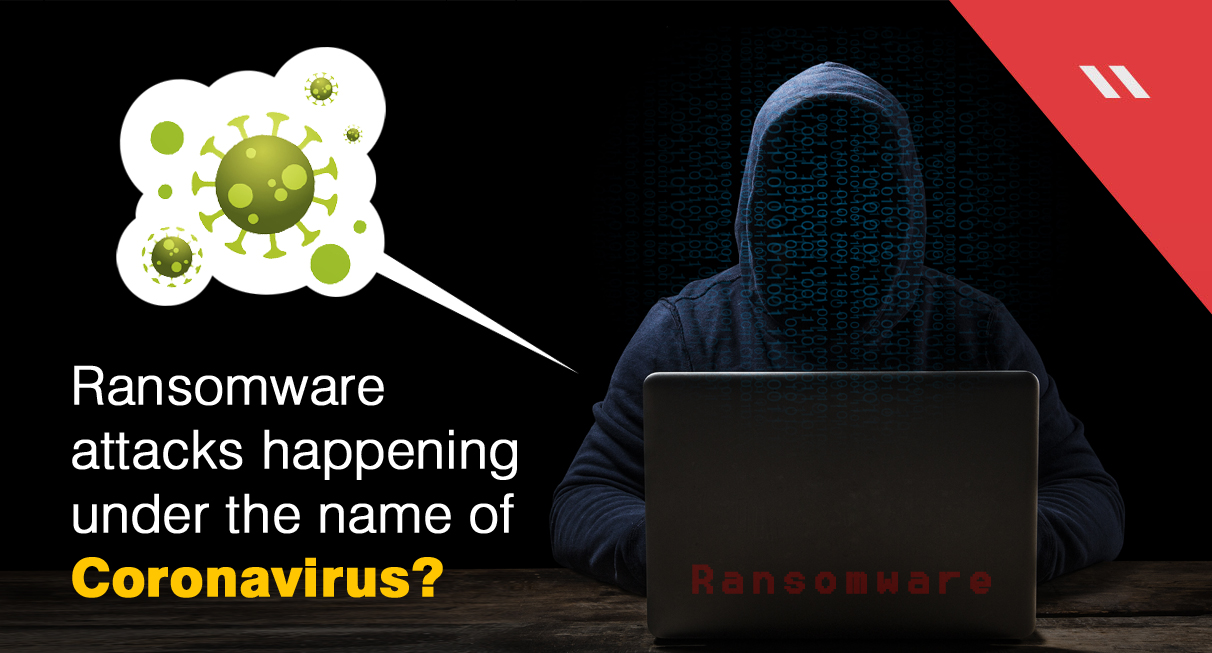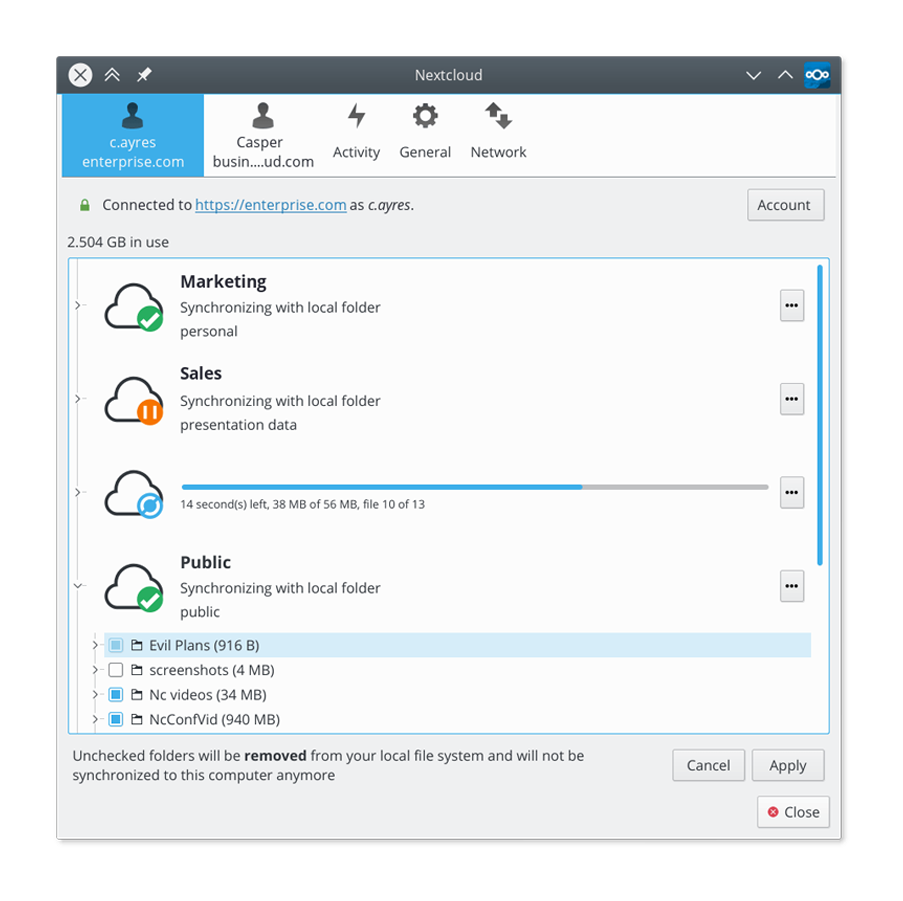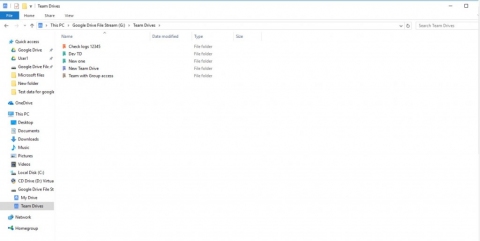


The decryption key is a private key, which is not available other than by paying the ransom.

My understanding is CryptoLocker uses two keys: one to encrypt and another to decrypt the data. Searching online for a solution, some people suggested there is a publicly available key to decrypt the files, but this is a public key used by other malware scams. They said if I tried to remove the virus, it would not decrypt the files and the cost of the key would increase to GBP1,400. The ransom requested was GBP700, payable in Bitcoins. All my files – Word, Excel, PowerPoint presentations, photographs, videos – were encrypted and could not be opened. I immediately removed the virus but it was too late. It works by encrypting all the files on your computer, and to unlock or decrypt them, you pay a ‘ransom’ to receive a decryption key. It was a ransomware virus called CryptoLocker. Bad mistake, a strike at my soft underbelly. Immediately preparing myself to call Telstra and tell them to get their act together, that they had me on the wrong plan, I clicked on the link to check the numbers. How could that be? I had only just changed to the new package. Then a few days after my upgrade, I received an email, supposedly from Telstra Customer Care, telling me I was over 50% of my monthly data allocation, with a link to my usage level. In my defence, my head was in a ‘Telstra numbers’ mode, full of megabytes and download speeds. I had been exchanging emails and phone calls with Telstra, as part of a significant upgrade to faster broadband speed, higher data allowance and upgraded mobile phone plan. Let’s start at the beginning to at least give me some excuses. Ransomware is a type of malware that prevents access to computer files until the victim pays a ransom to regain access or retrieve the data.

This article is not a definitive piece on how to protect yourself from a virus. I did not even know what 'ransomware' was until it infected my computer. This is a cautionary tale, at the risk of embarrassing myself.


 0 kommentar(er)
0 kommentar(er)
